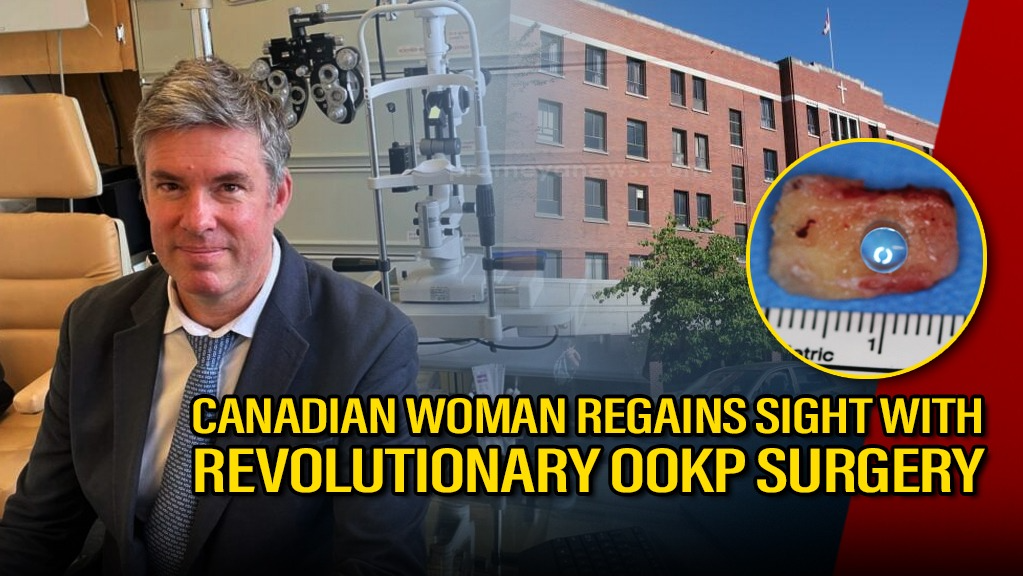

Imagine regaining sight with a lens crafted from your own tooth. This innovative procedure, known as osteo-odonto-keratoprosthesis (OOKP) or "tooth in eye" surgery, offers hope to individuals with severe corneal and ocular surface damage when traditional corneal transplants have failed or are not possible. In these cases, the cornea, the clear front part of the eye, becomes too cloudy or damaged to allow vision. OOKP creates a new window for vision using a remarkable technique.
The procedure, pioneered in the 1960s by Italian ophthalmic surgeon Professor Benedetto Strampelli, involves using the patient's own tooth to create a biocompatible support structure for an artificial cornea. Because the tissue is from the patient's own body, the risk of implant rejection is significantly reduced.
The "tooth in eye" surgery, or OOKP, is a complex, multi-stage procedure typically performed in two main stages. Here's a breakdown of the process:
Stage 1: Preparation and Grafting (Approximately 3 months)
Stage 2: Eye Implantation
Following the surgery, light can now enter the eye through the implanted optical cylinder, potentially restoring vision for the patient. The entire process, from tooth removal to vision restoration, can take several months due to the tissue integration and healing phases.
Earlier this week, at Mount Saint Joseph Hospital in Vancouver, Canada, Gail Lane underwent this rare operation, aka osteo-odonto-keratoprosthesis (OOKP). She was living in darkness for a decade, unable to see even your own reflection. Gail is now on a journey that could restore her sight, thanks to a groundbreaking procedure known as "tooth in eye" surgery. The whole operation and procedure was done by Dr. Greg Moloney, the ophthalmologist and surgeon at the hospital. "I haven’t seen myself for 10 years," Gail shared with a mix of nervousness and hope, "If I’m fortunate enough to get some sight back, there will be wonderful things to see." This innovative procedure, performed for decades worldwide but a first in Canada for this unique case, wherein used a patient's own tooth to construct a framework for a new artificial cornea.
Doctors carefully extracted one of Gail's teeth. This tooth wasn't destined for the tooth fairy, but for a much more extraordinary purpose. The tooth was meticulously shaved and shaped into a rectangle. A tiny hole was then drilled into it to house a custom-made plastic optical lens. This prepared tooth, now carrying a lens, was temporarily placed in Gail's cheek.
Dr. Moloney clarified that as the teeth lack the connective tissue needed for immediate attachment to the eyeball with sutures. The three-month stay in the cheek was crucial; as it allowed the tooth to develop a layer of supportive tissue, essentially becoming biologically integrated and ready for its new role in the eye. In preparation for the implant, Gail's eye also underwent a procedure. The top layer of the eye's surface was removed and replaced with a soft tissue graft from her cheek. This graft needed to heal fully before the "tooth lens" could be implanted.
This "tooth in eye" surgery offers a beacon of hope for individuals with corneal blindness. While still a rare and complex procedure, OOKP showcases the incredible advancements in modern ophthalmology and the potential to restore sight using the body's own remarkable resources. For Gail Lane, and others like her, this surgery is more than just a medical procedure; it's a chance to see the world anew.
DISCLAIMER: The information presented in this brief draws upon publicly available sources, including news reports, and industry publications, and expert commentary. The analysis and conclusions presented reflect the author's own understanding and perspective.